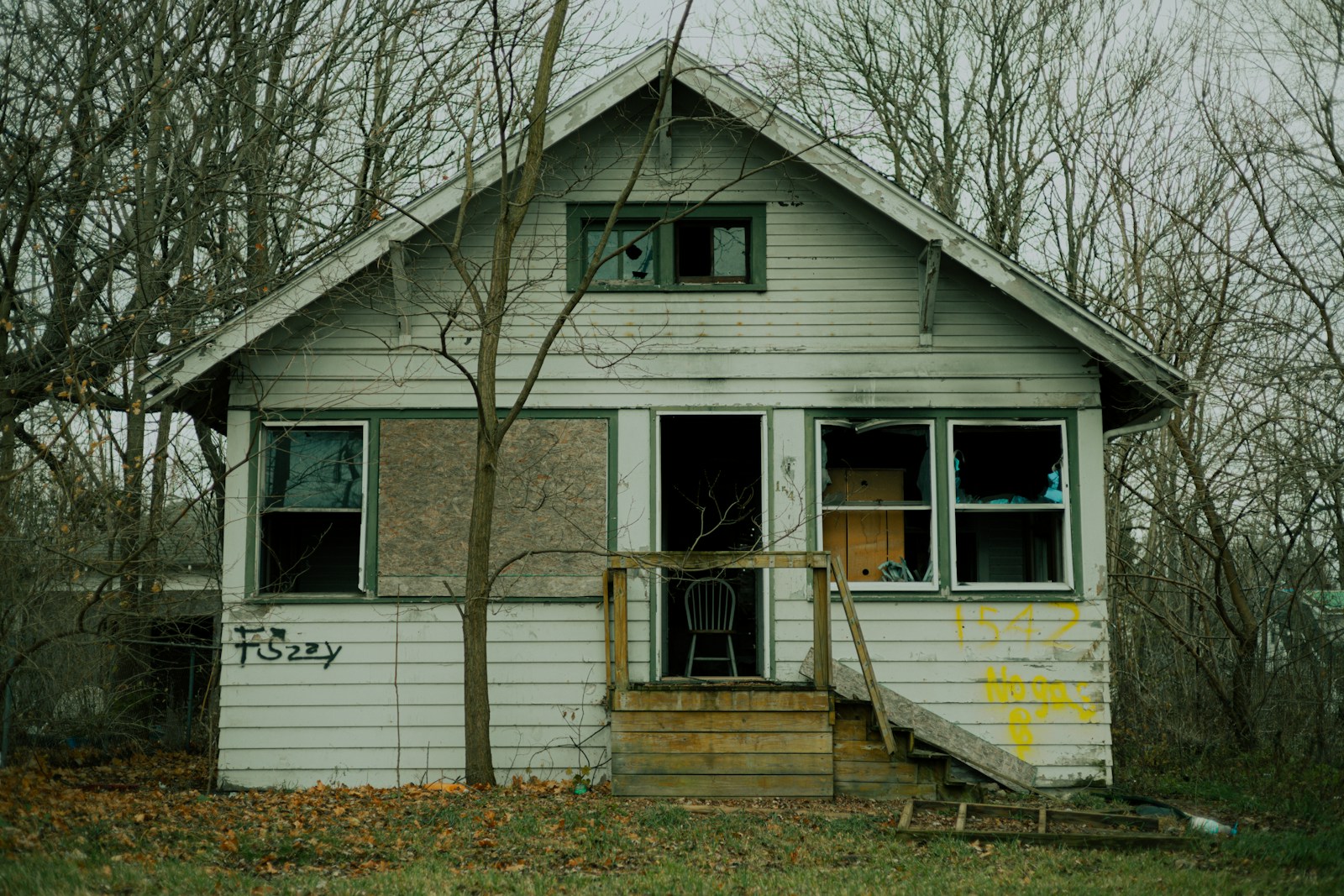As Edmonton continues to evolve, infill housing has taken center stage in the city’s strategy to build smarter, greener, and more affordable communities. Whether you're a home buyer, real estate investor, developer, or a concerned neighbour, understanding how infill works—and why it matters—is key.
This guide explores Edmonton’s current infill regulations, the motivations behind them, the community debate, and the financial incentives supporting infill. You'll also find links to official resources and a full FAQ at the bottom of this article.
What is Infill Development?
Infill development refers to building new housing within already established neighbourhoods—think garage suites, duplexes, fourplexes, or small apartment buildings nestled into mature areas of the city.
Rather than expanding into farmland and undeveloped areas (urban sprawl), infill makes better use of Edmonton’s existing infrastructure and urban footprint.

Why is Edmonton Pushing for Infill?
The City of Edmonton is prioritizing infill for several interlinked reasons:
1. Increased Tax Revenue per Square Foot
Higher-density housing—like duplexes, fourplexes, and small apartments—generates more property tax than single-family homes occupying the same land. These taxes help fund essential services like transit, fire protection, snow removal, and schools.
2. Urban Sprawl is Costly
Sprawling cities are expensive to maintain. Every new kilometre of road, sewer line, or transit extension adds long-term financial strain. A 2022 study by the Canada Mortgage and Housing Corporation (CMHC) found that urban sprawl increases municipal infrastructure costs significantly over time.
3. Environmental Sustainability
Compact communities mean more people can walk, bike, or take transit. That translates to:
Lower greenhouse gas emissions
Reduced land consumption
A smaller ecological footprint overall
4. Neighbourhood Revitalization
Many mature neighbourhoods in Edmonton are seeing declining populations. Infill brings in younger families and new life, which helps sustain schools, businesses, and community centres that might otherwise struggle.
5. Economic Growth
Infill development creates jobs for construction workers, engineers, architects, and tradespeople. It also supports small businesses that benefit from increased foot traffic and local spending.

What Types of Infill are Allowed in Edmonton?
Edmonton organizes infill into three major categories:
Small-Scale Infill
Secondary suites
Garage and garden suites
Small lot single-family homes
Duplexes and semi-detached homes
Row housing (up to 5 units)
Medium-Scale Infill
Row housing (6+ units)
Stacked row housing
Low-rise apartments (3–4 storeys)
Large-Scale Infill
Mid-rise apartments (5–8 storeys)
High-rise apartments (9+ storeys)
Guidelines for Builders and Homeowners
Secondary Suites
Permitted citywide
Must include a separate entrance, kitchen, bathroom, and sleeping area
Garage Suites
Built above detached garages
Max height: 6.5 metres
Garden Suites
One-storey standalone units
Designed to preserve privacy for neighbours
Duplexes & Semi-Detached Homes
Must meet design integration guidelines for neighbourhood compatibility
Small Lots
Narrower lots allow more affordable housing options
Full guidelines are outlined in the City of Edmonton’s Residential Infill Strategy.

Community Concerns: Why Some Residents Push Back
Infill development isn’t without controversy. While it offers many benefits, residents across Edmonton have voiced concerns including:
Parking Congestion
More residents on a block often mean fewer available street parking spots, especially in areas without alleys or driveways.
Increased Traffic
Adding housing units adds cars. Many residents worry about worsening congestion on already-busy streets.
Nomadic Populations
With more rental units comes a fear of less stable or engaged neighbours and a lack of community engagement.
Loss of Character
Modern infill homes—especially when clustered—can dramatically change the look and feel of a block, leading to concerns about preserving the character of mature neighbourhoods. Most of the communities that are targeted for infill do not have Home Onwer’s Associations (HOAs) which would otherwise provide guidance on design and architectural controls. In other words, some of the pushback comes from the feeling that new builds are ugly and lack character. On the flip side of that argument are folks that see the degradation of properties, especially in the downtown core, as the true eyesore. These folks welcome infill as a way to bring new life to communities that are falling into disrepair.

Sources:
Edmonton Journal: Zoning bylaw spurs infill growth and community concerns
CBC News: Council votes to maintain existing infill requirements
Financial Incentives for Infill Development
For those looking to develop infill properties, there are several municipal, provincial and federal incentives.
Infill Infrastructure Fund (IIF)
$39 million available to support multi-unit residential infill projects
Covers 100% of eligible off-site infrastructure costs
Minimum funding: $100,000 for market units / $25,000 for non-market units
Deadline: July 9, 2026 (or until funds are depleted)
Learn more about the Infill Infrastructure Fund
Housing Accelerator Fund (HAF)
$192 million from the federal government
Will support approximately 5,700 new homes
Enables faster permitting, fee deferrals, and financial incentives
Learn more about the Housing Accelerator Fund
Bonus Programs
Downtown Student Housing Grant: Up to $30,000/unit
Residential Solar Rebate: Up to $4,000 per home

Conclusion
Infill development is reshaping Edmonton—offering a chance to grow smarter, not just bigger. By revitalizing existing neighbourhoods, boosting tax revenues, and promoting sustainability, infill presents a compelling vision for the city’s future.
Still, striking a balance between growth and community preservation remains a central challenge. Whether you’re planning to build, invest, or buy, staying informed about current rules and available funding is essential.

FAQ: Edmonton Infill Rules
1. What is infill housing?
Infill housing refers to new homes built within existing developed neighbourhoods, rather than expanding into new suburbs.
2. Is infill allowed in all Edmonton neighbourhoods?
Yes, especially small-scale infill. However, large-scale projects may require rezoning and public consultation.
3. Do I need permits for a garden or garage suite?
Yes. You'll need development and building permits that meet zoning requirements.
4. How tall can garage suites be?
Typically, the height limit is 6.5 metres (approximately 2 storeys).
5. What is considered a "small lot"?
A small lot usually means a narrower-than-standard lot, often around 7.6 metres wide.
6. Can I apply for funding as a private homeowner?
Most funding is aimed at developers, but rebates (e.g., solar) are available for homeowners.
7. Why are neighbours concerned about infill?
Concerns include parking, traffic, neighbourhood aesthetics, and perceived loss of community cohesion.
8. What does the city gain from infill?
More tax revenue, better use of infrastructure, less sprawl, and stronger neighbourhood economies.
9. Where can I find official guidelines?
Visit the City of Edmonton’s Infill Strategy page.
10. How do I apply for funding programs?
Check eligibility and application steps through:

Have Questions About Buying or Building Infill in Edmonton?
I'm Mike Pabian with RE/MAX Excellence, and I specialize in Edmonton’s unique housing market, including infill opportunities.
Let’s talk about how infill fits into your real estate goals.
Visit pabianrealty.ca or reach out on Instagram @pabianrealty for more insights. You can also call or text me any time at (780) 232-2064.

